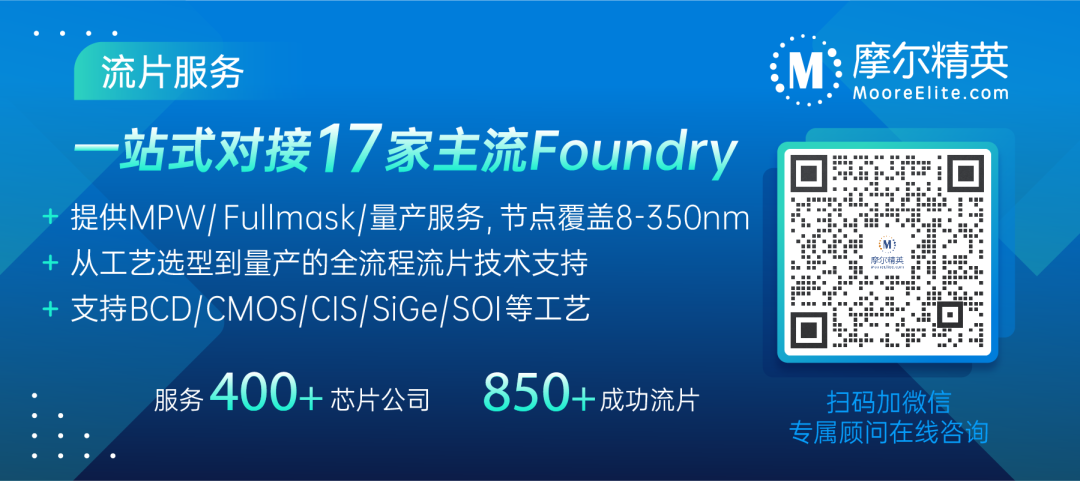
Source: Content from the Industrial and Commercial Times, thank you.
TrendForce’s research indicates that the production cuts by manufacturers are continuing to expand, with actual demand remaining unclear. The NAND Flash market is still experiencing oversupply in the third quarter. Although there is seasonal demand support in the second half of the year, buyers are still maintaining a conservative stocking attitude, suppressing NAND Flash prices from stabilizing.
The average price of NAND Flash wafers in the third quarter is expected to rise first, while products such as SSDs, eMMCs, and UFS modules are expected to continue to decline in price due to slow order fulfillment from downstream customers. It is estimated that the overall average price of NAND Flash will continue to drop by about 3-8% in the third quarter, with a potential rebound in the fourth quarter.
In terms of Client SSDs, although the shipment volume of laptops is expected to gradually recover in the third quarter, it is still difficult to reverse the oversupply situation of SSDs.
Some suppliers believe that the demand from major customers is poor, and the overall order fulfillment momentum is weak. To achieve shipping targets, they tend to adopt aggressive pricing to secure customer orders, which will put pressure on other manufacturers. Therefore, it is estimated that the average price of Client SSDs will decline by 8-13% in the third quarter.
For Enterprise SSDs, orders from mainland China are gradually being released by government agencies and telecom operators, and the stocking momentum from second-tier e-commerce and internet service providers is improving, which is expected to drive the shipment volume of Enterprise SSDs for new server platforms in the third quarter, further stimulating the growth of Enterprise SSD procurement demand.
All suppliers’ revenues from NAND Flash products are still in a loss situation. As NAND Flash prices have fallen below cash costs, the bargaining range is gradually narrowing. However, it is expected that the benefits of production cuts will gradually become apparent in the second half of the year, with the average price of Enterprise SSDs expected to decline by 5-10% in the third quarter.
In terms of eMMCs, demand remains weak. The prices of small-capacity eMMCs have almost no room for decline due to aggressive price cuts by manufacturers in the second quarter, and suppliers have stopped price competition. It is expected that the prices of small-capacity eMMCs will remain stable in the third quarter.
For large-capacity eMMCs, if they are used in industrial control and Chromebook applications, the original manufacturers have stronger bargaining power due to lower customer usage, and prices may remain stable. However, most large-capacity eMMCs are still purchased by smartphone OEMs, and the price trend is expected to be similar to that of UFS of the same capacity, with a potential for further decline.
Regarding NAND Flash wafers, it is expected that the inventory pressure on manufacturers will ease in the third quarter, with a strong pricing attitude. There is a high probability that the contract prices in the third quarter will bottom out and rebound, stimulating buyers’ willingness to purchase. Additionally, with pre-stocking before the year-end peak season, demand for NAND Flash wafers is expected to gradually increase, potentially accelerating the balance of supply and demand and allowing price increases to continue.
In the third quarter, under the strong pricing attitude of manufacturers, it is estimated that the average price of NAND Flash wafers may increase by 0-5% quarter-on-quarter.
DRAM Prices: Are They Stagnating?
According to the latest report from TrendForce, benefiting from the gradual production cuts by DRAM suppliers, the overall DRAM supply bits are decreasing quarter by quarter. Coupled with seasonal demand support, this alleviates the inventory pressure on suppliers. It is expected that the average price decline of DRAM in the third quarter will narrow to 0-5%; related companies are also expected to see operational improvements in the third quarter.
However, TrendForce points out that suppliers’ inventories are still at high levels for the year, and the pressure for DRAM average prices to bottom out and rebound this year remains significant. Although the production cuts on the supply side help narrow the decline, the actual rebound may have to wait until 2024.
TrendForce indicates that the benefits of the three major manufacturers’ production cuts on DDR4 will be evident in the third quarter. Additionally, some OEMs made large purchases of DDR4 at low prices in the second quarter, which helped reduce manufacturers’ inventories. However, the price trend of PC DRAM products in the third quarter is still expected to decline by about 3-8% due to the oversupply of DDR4. DDR5, on the other hand, is expected to decline by about 0-5% as manufacturers maintain prices and have not yet fully met buyer demand. The overall average price of PC DRAM is expected to decline by 0-5% in the third quarter.
TrendForce also notes that the price trend of Server DRAM for overall server applications continues to be weak, with an estimated average price decline of about 0-5% in the third quarter. The average price decline for Mobile DRAM used in smartphones and Graphics DRAM for graphics applications is also expected to be around 0-5%. The consumer DRAM market remains oversupplied, but manufacturers have begun to reduce production, and the actual benefits will manifest in the third quarter, with the average price decline for Consumer DRAM expected to narrow to 0-5%.

*Disclaimer: This article is original by the author. The content reflects the author’s personal views, and Semiconductor Industry Observation reproduces it only to convey a different perspective, which does not represent Semiconductor Industry Observation’s endorsement or support of this view. If there are any objections, please contact Semiconductor Industry Observation.
This is the 3454th issue shared by “Semiconductor Industry Observation”. Welcome to follow us.
Recommended Reading
★GPU Shortage: The Real Reasons Behind It!
★Semiconductor Companies That Are Hard to Buy in China
★New Silicon Photonics Players, Each with Unique Strategies
Semiconductor Industry Observation

『First Vertical Media in the Semiconductor Industry』
Real-time, Professional, Original, In-depth
Scan the QR code and reply with the keywords below to read more
Wafer | Integrated Circuits | Equipment | Automotive Chips | Storage | TSMC | AI | Packaging
Reply Submission to see “How to Become a Member of Semiconductor Industry Observation”
Reply Search to easily find other articles you are interested in!